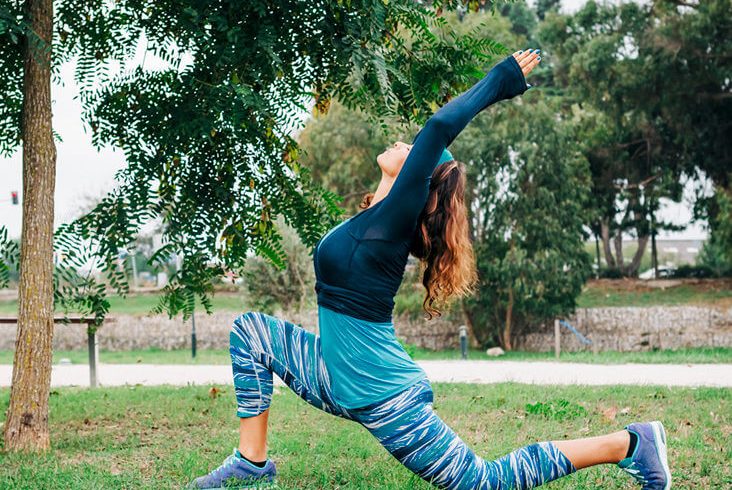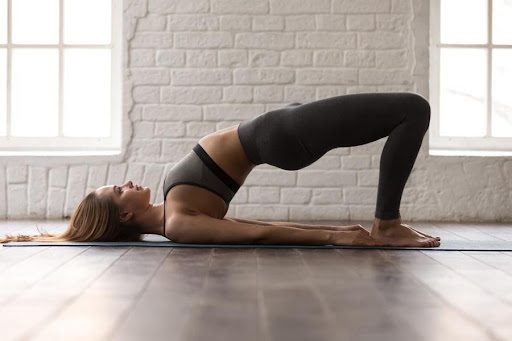We got in touch with a top knee specialist in Singapore and asked him to help educate our readers when it comes to dealing with osteoarthritis. Listen up guys, this is what he had to say:
When we experience pain in some part of our body, the initial response or thought is – let it rest. But, if you are experiencing some form of osteoarthritis, that might be the worst option for you.
The majority of doctors who treat this illness (that was once thought of as something that only affects the elderly, but nowadays affects more youth due to their habits) would recommend exercise to their patients. You might worry about your joints, and think that exercise might worsen your already dire condition.
However, keep on reading and you will realize just how much good exercise could do for your osteoarthritis.
The Ins and Outs of Osteoarthritis
Osteoarthritis is a degenerative disease that causes your cartilage to breakdown at a high rate. The job of cartilage is to help the bones and whole body move fluidly. As time progresses and you lose more and more of your cartilage tissue, your bones begin to touch one another. As bones create friction between themselves, you start to experience pain, stiffness, and lack of mobility.
Osteoarthritis most commonly affects the hips, knees, hands, and lower back.
Exercises that Help You Combat Osteoarthritis
We have gathered a list of five different types of exercises that can help you improve your range of motion and flexibility.
1.Exercises that work on your flexibility
This includes all types of stretching and exercises that help with your range of motion. For example, static stretching or yoga.
2.Mild to Hard Cardio
These types of exercises are especially helpful if you have a few extra pounds.
Studies have shown that with every extra pound, the load on your joints, including the knees, is doubled. So, if you, for example, have 7 pounds more than you should have, your knees or ankles will feel as if you are carrying an extra 14, 15 pounds of mass.
The types of cardio that you should do range from taking walks, swimming, or being on the elliptical or stationary bicycle.
3.Exercises that cause a progressive overload
These types of exercises will help you grow muscles.
With bigger and stronger muscles, your joints will carry less of a load. This will ensure protection and more stability to your joints affected by osteoarthritis.
4.Walks
Walks are a great start for everyone who looks to improve their overall health, as well as arthritis. It will help you build stamina, improve blood circulation, and give more strength to your overall cardiovascular system.
5.Swimming and similar water activities
If you are overweight, simple exercises in the pool will help you greatly. The water will dampen the pressure and stress on your body. It will also make it harder for your muscles to move since there is more resistance to every movement.
Those in better shape can turn to swimming, which is one of the best all-round exercises one can do.
6.Get to know your body
Focus on exercises that tire you out, but do not cause pain in your joints. Muscle pain is normal, and to be expected. The greater the pain in your muscles the day after you have worked out, the stronger will they become in the foreseeable future.
Be sure to keep in touch with your therapist at all times and follow the routine he or she has recommended for you. If you are new to working out and exercising, we suggest that you begin with just a simple 30-minute walk every day.






